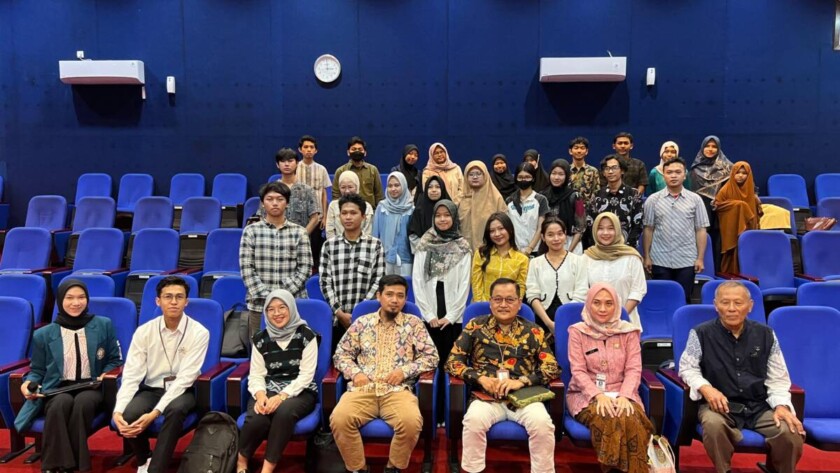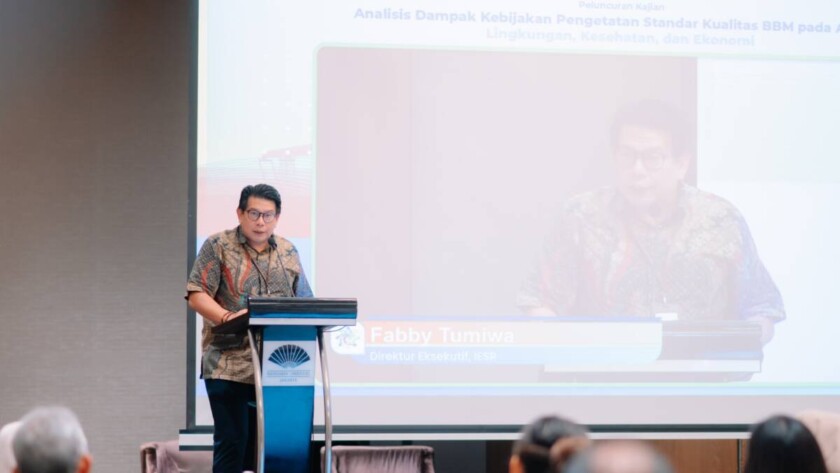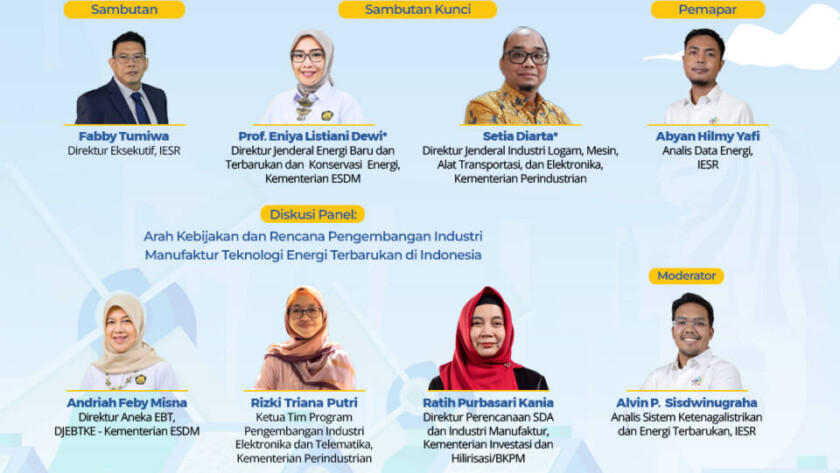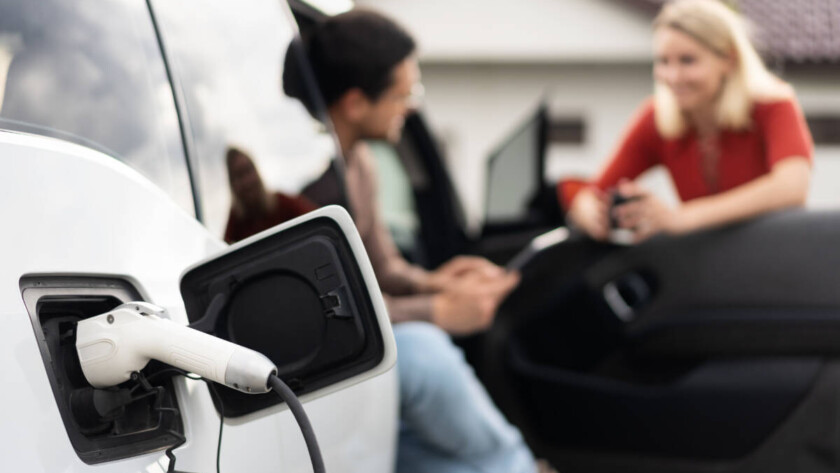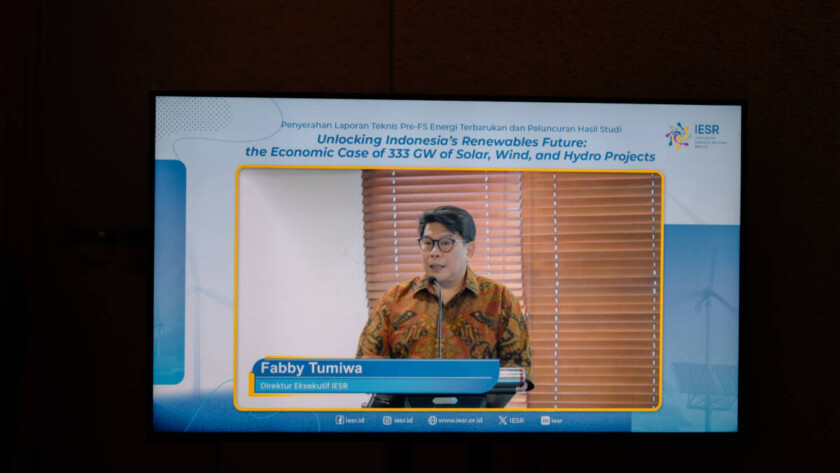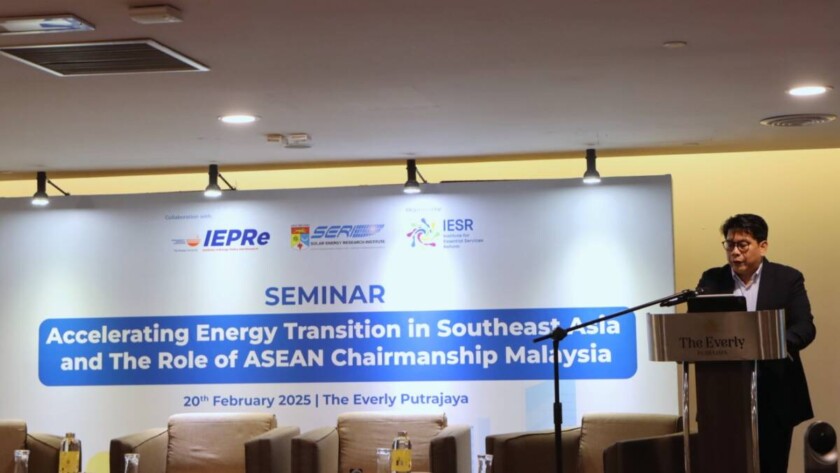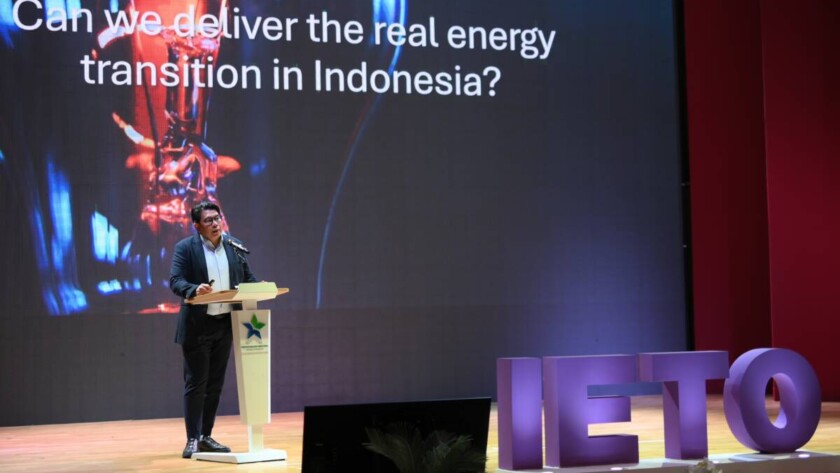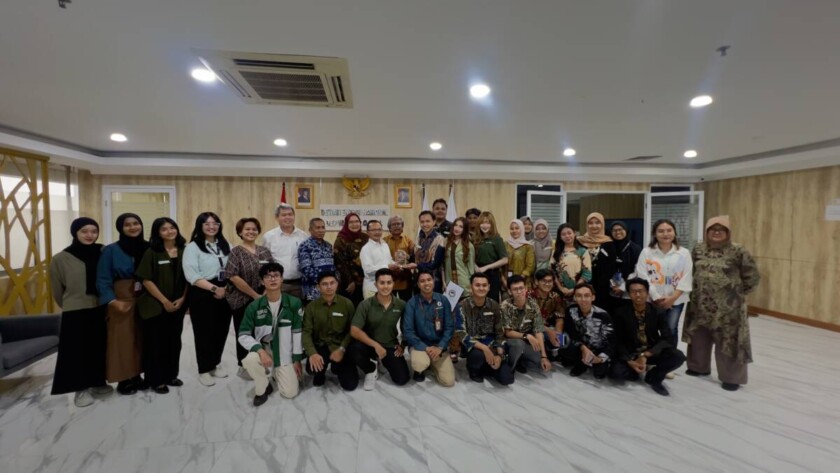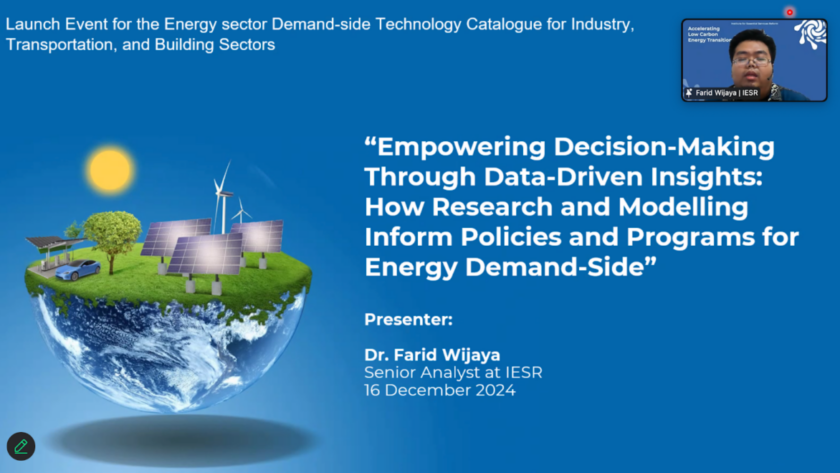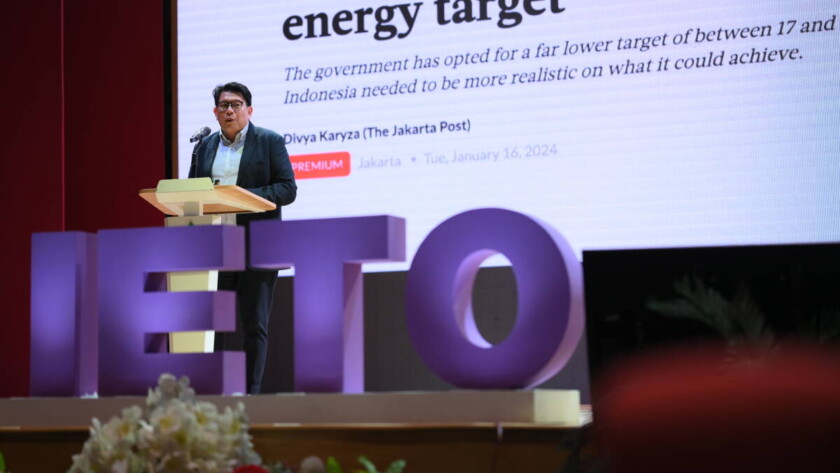Semarang, March 20, 2025 – The worsening environmental damage is directly impacting the future of younger generations. From declining air quality and clean water crises to climate change disrupting agriculture and public health, the consequences are severe. Despite not being involved in past decisions, today's youth will bear the brunt of these impacts. Therefore, young…
